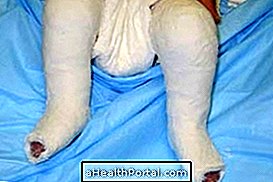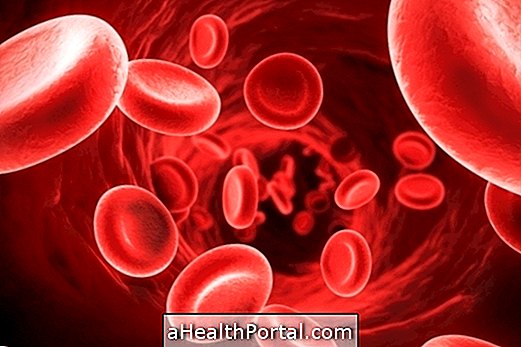Prostatitis is characterized by inflammation of the prostate, which leads to an increase in its size, which can cause symptoms such as pain, burning while urinating, fever, among others.
Prostatitis is usually caused by a bacterial infection and, in most cases, the treatment consists of the administration of antibiotics, analgesics and anti-inflammatories.
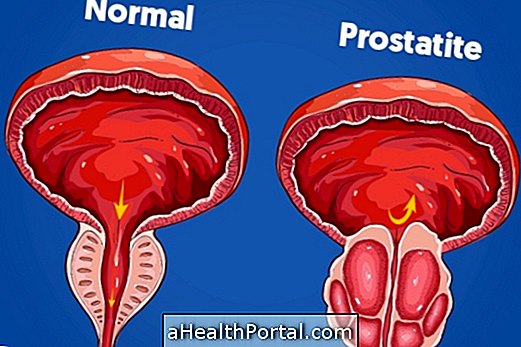
What are the symptoms
The most common symptoms that can indicate a prostatitis, which is the inflammation of the prostate, are mainly the decrease in jet force of urine and pain when urinating.
However, other symptoms that may also appear are:
- Pain below the navel and in the area between the testicles and the anus;
- Back pain, especially in the lower back;
- Pain when ejaculating;
- Burning while urinating;
- Fever;
- Feeling of incomplete emptying of the bladder;
- Increased frequency of day and night urination;
- Decreased urine flow and force;
- Chills;
- Severe pain on the palpation of the scrotum.
As the frequency of urination increases, blood may be present in the urine, and development of impotence due to constant pain is common. However, these can also be symptoms of urinary tract infection in man.
Possible causes
Although there are different causes that can result in inflammation of the prostate gland, most prostatites are caused by an infection, especially by bacteria such as Escherichia coli or Proteus mirabilis . For this reason, it is relatively common for prostatitis to be treated with the use of antibiotics, which should be indicated by the urologist.
In some cases, prostatitis may be caused by surgery or injury in the area, and there are still situations where the cause can not be identified.

Classification of prostatitis
Prostatitis can be classified into:
- Type I - Acute bacterial prostatitis;
- Type II - Chronic bacterial prostatitis;
- Type III A - Pelvic pain syndrome, also known as chronic inflammatory prostatitis;
- Type III B - Non-inflammatory chronic prostatitis, pelvic pain syndrome or prostatodynia;
- Type IV - Asymptomatic inflammatory prostatitis.
Generally, acute and chronic prostatitis present the same symptoms, and prostatitis is considered to be chronic whose symptoms remain for more than 3 months.
How is the diagnosis made?
The diagnosis of prostatitis is made taking into account the symptoms referred by the patient and are usually related to difficulty in urinating.
In addition, the doctor may indicate blood, urine and prostate fluid collection and recommend examinations such as flowmetry, rectal examination, PSA blood test, or biopsy to confirm the cause of prostate enlargement.
Watch the following video and see what tests can be done to evaluate prostate health:

What is the treatment
Treatment for prostatitis should always be indicated by a urologist who, in most cases, identifies an infection and therefore prescribes the use of antibiotics in tablets or, in more severe cases, drugs that are applied directly to the vein, the hospital .
In addition, the doctor may also prescribe analgesics and anti-inflammatories to relieve symptoms or alpha blockers, such as tamsulosin, which helps relax the cervix of the bladder and the muscle fibers where the prostate joins the bladder.
In chronic bacterial prostatitis, treatment with antibiotics is longer and lasts for about 3 months, but when antibiotics do not treat inflammation, surgery may be needed to remove the prostate abscess that causes the symptoms.
Learn more about treating prostatitis.

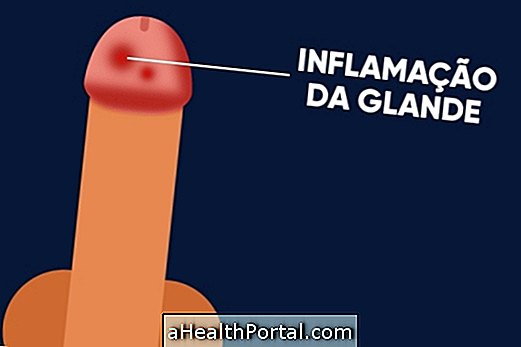
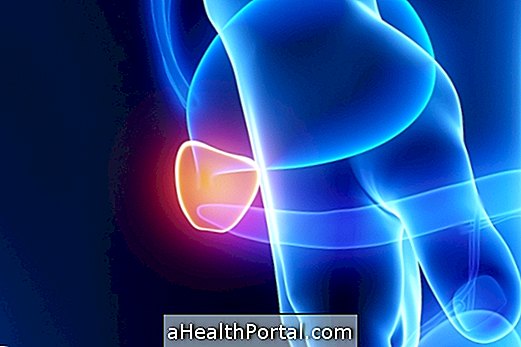

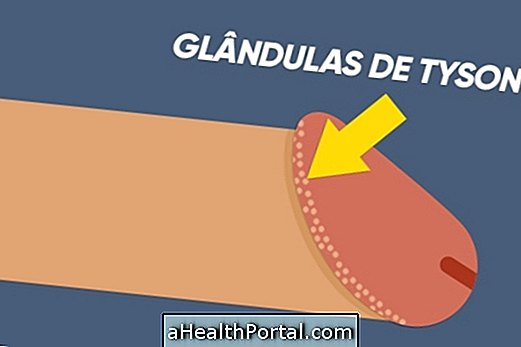


-o-que--sintomas-e-tratamento.jpg)

